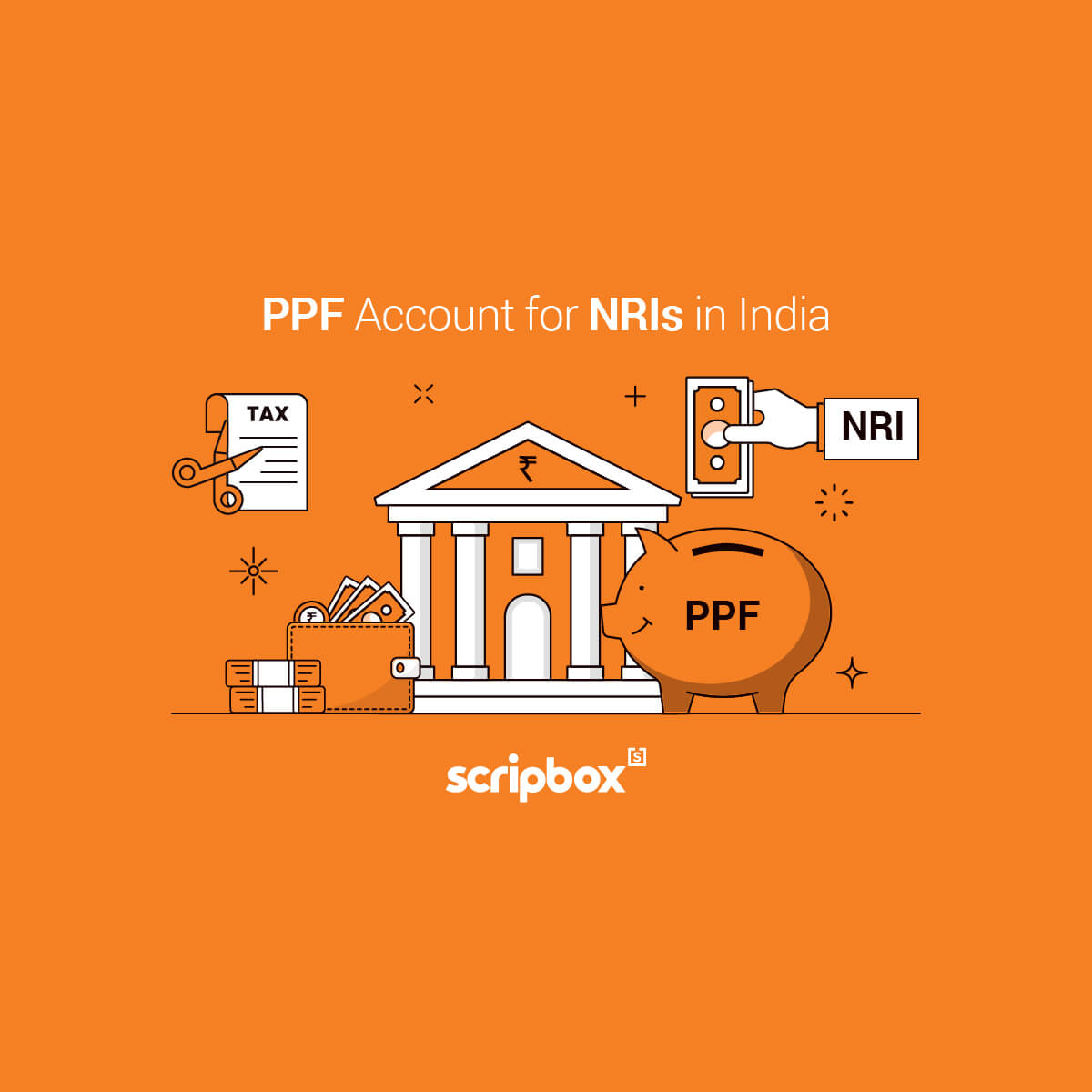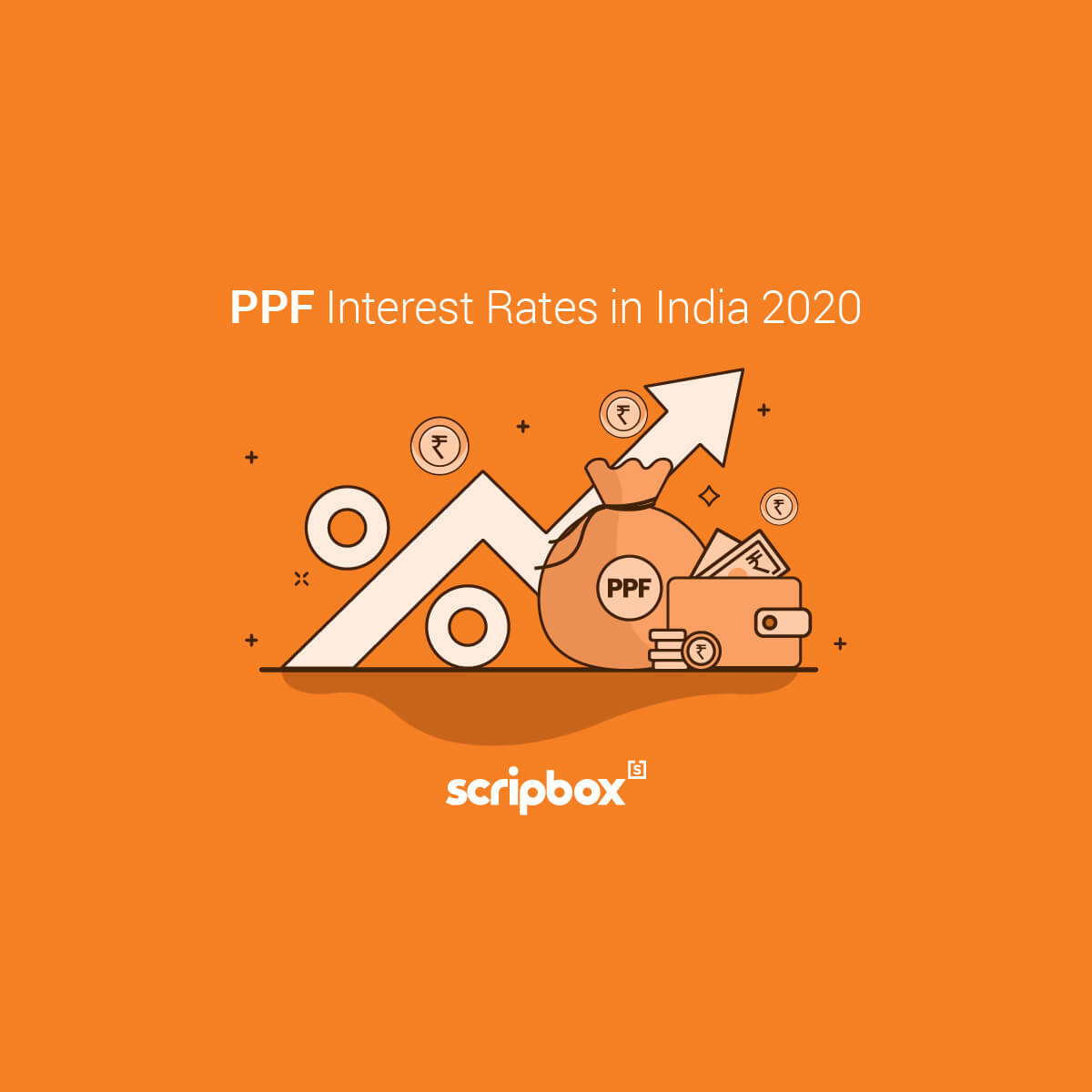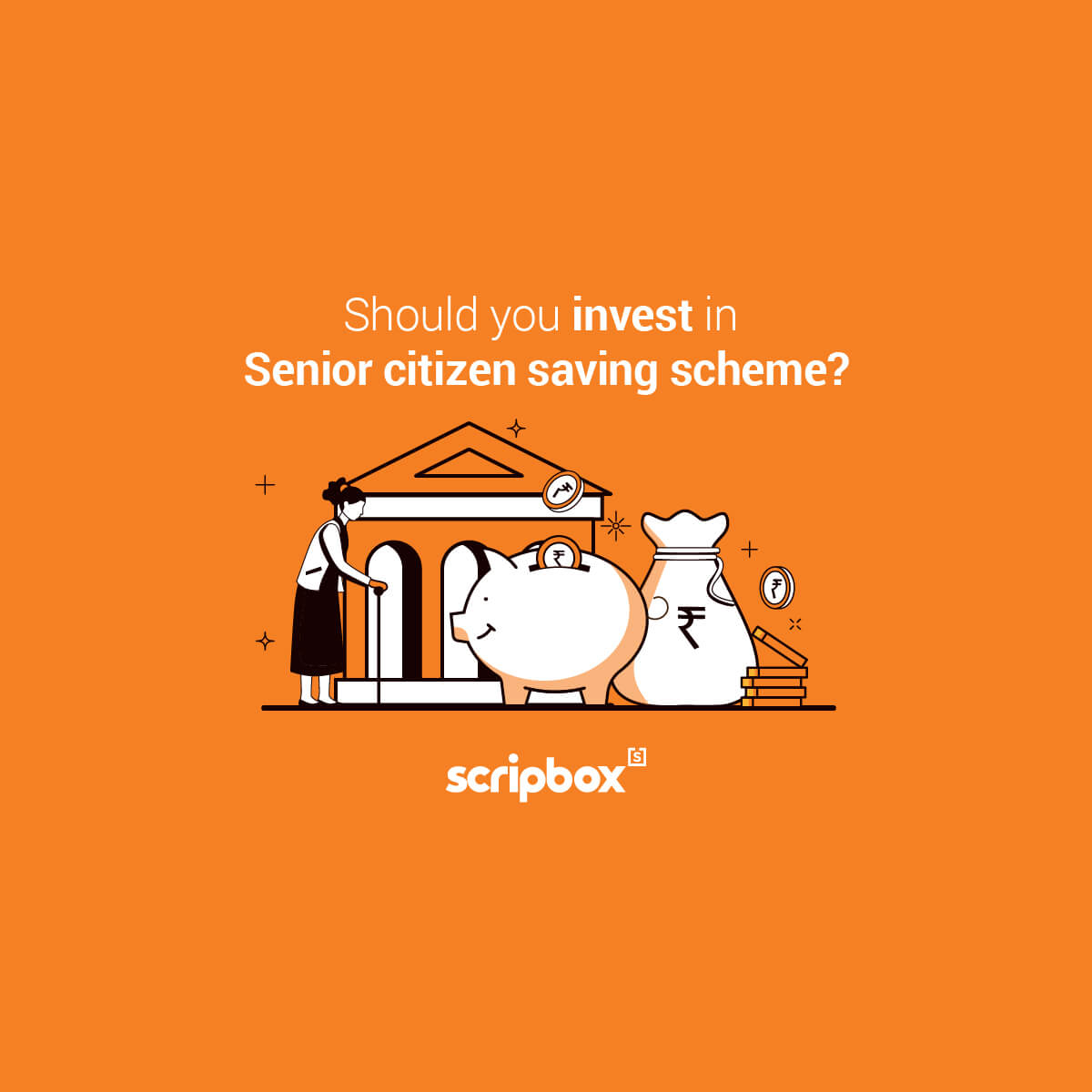Employee Pension Scheme (EPS) is a social security scheme from the Employees’ Provident Fund Organisation (EPFO). The main purpose of the scheme is to make provisions for employees in the organised sector for pension. However, for a person to be eligible for the pension benefits, they must have at least ten years of service (it doesn’t have to be continuous). This article covers the Employee Pension Scheme, its features, eligibility and types in detail.
What is Employee Pension Scheme?
The Employee Pension Scheme was launched in 1995, and all existing and new members can join the scheme benefits. The Government of India backs the scheme. Hence the scheme guarantees return (pension amount). As a result, EPS is a good source of income during retirement years.
The beneficiaries of the Employees Provident Fund and the Miscellaneous Provision Act of 1952 are automatically included in the EPS scheme’s eligibility list. Furthermore, when an employee dies, their nominee is eligible to get the pension amount.
An individual must complete ten years of service to be eligible for the Pension Benefits.
EPF Pension Calculation Formula
The pension contribution under EPS is not shared by employees and employers, unlike the EPF contribution. Only 8.33% from the 12% of the employer’s share goes towards the EPS scheme. Let’s look at the calculation of Employee Pension Scheme (EPS)
EPS Pension Formula
EPS = (Pensionable Salary * Service Period) / 70
EPF Pension Calculation Rules
- Pensionable Salary is the average monthly salary in the last 12 months before exiting the scheme. The employer’s contribution is 8.33% of the employee’s salary. For example, if your basic salary is INR 15,000, the employer’s EPS contribution will be 15,000 * 8.33% = INR 1,250. Furthermore, the non-contributory periods (if any) in the last 12 months will not be considered. The employee will receive the benefit for those days.
- Service Period is the total number of years of service. All the service periods across different employers are added for computing the pensionable service period. The pensionable service period is on a six months basis. For example, if the total service period is 11 years 3 months, the pensionable duration will be 11 years. On the other hand, if it is 11 years 9 months, the pensionable period will be 12 years. Furthermore, you will get a bonus of 2 years upon completing 20 years of service.
You can use the above EPS pension formula to calculate the pension amount.
Eligibility for Employee Pension Scheme
To enjoy the benefits of the Employee Pension Scheme, you should be fulfilling the following criteria:
- You must be a member of the EPFO
- Has completed 10 years of service. Furthermore, you can withdraw part of the EPS amount if you have less than 10 years of service but more than 6 months.
- Should be of age 58 years
- You can also withdraw EPS at a reduced rate from the age of 50 years
- Furthermore, you can also defer the pension for two years (up to 60 years). After the two-year deferment, you will get the pension at an additional rate of 4% per annum.
Features of Employee Pension Scheme
Following are the key features of EPS:
- The Government of India backs the EPS scheme. Therefore, the returns from the scheme are guaranteed, and there are no risks involved.
- The scheme offers financial assistance during retirement years, and it is a source of regular income.
- Individuals who are enroll under the EPF scheme are automatically eligible for the EPS scheme.
- EPS is mandatory for individuals whose Basic Salary + DA is INR 15,000 or less to enrol in the scheme.
- You can withdraw money from an EPS account once you reach 50 years of age. However, these withdrawals will be at a reduced rate of interest.
- Irrespective of meeting the service period criteria, pension is given to partial or fully physically challenged individuals. Furthermore, this pension starts from the day of disablement and continues for a lifetime.
- If the widow or the widower gets married again, the children will be eligible to receive the pension. Furthermore, in such scenarios, children will be categorised as orphans.
- The minimum pension amount is INR 1,000.
- If the widow or widower is receiving the EPS amount, they will get it until their death. Upon their demise, children are eligible to get the pension amount until they attain 25 years. Furthermore, if the child is physically challenged, then they are eligible to receive the pension amount till their death.
Types of Pensions
| Type of Pensions | Eligibility | Features |
| Vridha Pension/ Widow Pension | Widow of the member eligible for pension. | Widow or Widower will receive pension amount until their death or her remarriage. If there is more than one widow, the eldest widow will receive the pension amount. |
| Child Pension | Children of the member eligible for pension. | Upon the death of the EPS member, the surviving children will receive a pension in addition to the monthly widow pension. The monthly pension is paid till the child attains 25 years and is 25% of the widow pension. Moreover, it is eligible only for two children. |
| Orphan Pension | Children of the member eligible for pension. | Children are eligible for orphan pension if both the member and the spouse die. They are entitled to get a monthly orphan pension of 75% of the monthly widow pension. A maximum of two children can benefit from this pension, from oldest to youngest. |
| Reduced Pension | The member who completes 10 years of service and are 50 years of age but less than 58 years. | Members withdrawing pension amounts after 50 years of age will get the amount at a reduced rate. The reduced rate is at 4% for every year the age is less than 58 years. |
Contribution Towards Employee Pension Scheme
Employees and employers’ contribute equal proportions towards the EPF scheme. The contribution is 12% of the basic salary plus dearness allowance. The entire 12% of the employee’s contribution is to the EPF account. On the other hand, the employer’s portion of the contribution is split between EPF and EPS. Following are the percentage split of the employer’s contribution:
- EPF Contribution – 3.67%
- EPS Contribution – 8.33%
In addition to the above contributions, the Government of India also contributes 1.16% towards the fund.
How to Check EPS Balance?
First, you need to activate your UAN to check the EPS balance. Following are the steps to check EPS balance:
- Visit the EPFO website.
- Under the ‘Our Services’ menu, select the ‘For Employees’ option.
- On the following page, click on ‘Member Passbook’
- Next, enter the UAN, password, and captcha details.
- Click on ‘Login’ to proceed.
- On the home page, select the member ID to view the total pension amount. You can find these details under the ‘Pension Contribution’ column.
- You can download and also take a print.
EPS Forms
| Form Name | Who Can Use It? | Purpose |
| Form 10C | Member/Beneficiary | Withdrawal form to withdraw pension amount before completion of 10 years of service. |
| Form 10D | Member/Nominee/Widow/Widower/Children | Withdrawal of pension once the member attains the age of 50 years. Also, monthly child, widow pension, etc. |
| Life Certificate | Pensioner | The pensioner must sign this form and submit to the bank manager every year. |
| Non-Remarriage Certificate | Widow/Widower | The widower/ widow has to sign the form every year to confirm they haven’t remarried. |
| New Form 11 | Member | For furnishing bank and Aadhaar details. |
EPS Withdrawal
EPS withdrawal is different when the total working years are less than 10 years and more than 10 years. Let’s look at the EPF withdrawal procedure for both.
Worked for less than 10 years
Members can withdraw their EPF corpus even if their service tenure is less than 10 years. However, they cannot withdraw the amount when they are in service. Members can only withdraw when they have quit working in one firm, and before joining the other.
Withdrawal claims can be made online by visiting the EPFO website and raising a withdrawal request.
Worked for more than 10 years
If the service duration is more than 10 years, members can withdraw the corpus by submitting form 10C.
How to Claim Pension Amount?
- Scheme Certification of Pension: Upon reaching 50 years of age, employees are eligible to receive a pension scheme certificate. To avail, a regular pension, one needs to fill the form 10D. If you have more than one pension scheme certificate, then you will have to visit the EPF office. Furthermore, form 10D must be attested by the bank manager.
- No Scheme Certification of Pension: If you have not completed 10 years of service, you will not have the scheme certificate. To claim withdrawal, you will have to submit form 10C through the employer.
READ MORE
- What is Pension Act
- What is EPF Form 2
- Employees Deposit Linked Insurance Scheme (EDLI)
- What is Pension Policy?
- Provident Funds Vs Pension Funds
- What is EPF Form 11
- PF Interest Rate FY 2021-22
- EPS vs NPS
Frequently Asked Questions
Yes, both lump sum and pension amounts are taxable. The interest is not taxable, however, if the interest exceeds INR 2,50,000 a year, then it is taxable as per the applicable slab rate.
You can transfer your EPS online by submitting the Composite Claim Form. Login to your EPS portal with the member credential. Select EPF transfer on a job change. Both the EPS and EPF amounts will be transferred to the new account.
Yes, you can change your EPS nominee.
10 years.
Your Member ID is your EPS account number. The member ID is the same for both EPS and EPF.
Related Articles
- What is Employee Pension Scheme?
- EPF Pension Calculation Formula
- Eligibility for Employee Pension Scheme
- Features of Employee Pension Scheme
- Types of Pensions
- Contribution Towards Employee Pension Scheme
- How to Check EPS Balance?
- EPS Forms
- EPS Withdrawal
- How to Claim Pension Amount?
- Frequently Asked Questions



























Show comments